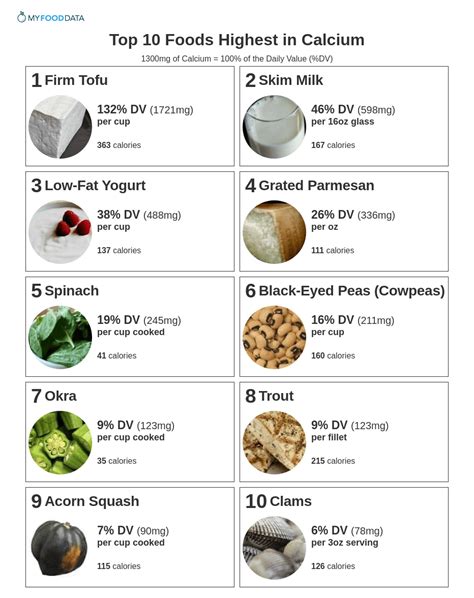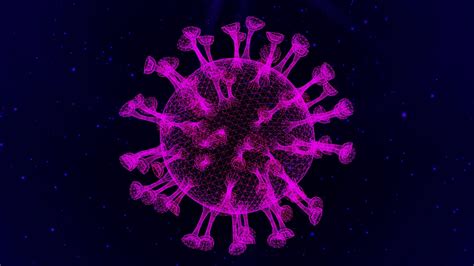Cannabinoid Hyperemesis Syndrome (CHS) is a condition that affects some long-term users of cannabis, characterized by recurring episodes of severe vomiting, often accompanied by abdominal pain and weight loss. The exact mechanisms behind CHS are not fully understood, but it is believed to be related to the body’s cannabinoid receptors and their interaction with cannabis over time. Managing CHS symptoms can be challenging, but there are several approaches that can help alleviate the condition. Here are 12+ ways to manage CHS symptoms, along with a comprehensive overview of the condition, its diagnosis, and treatment options.
Understanding Cannabinoid Hyperemesis Syndrome
Before diving into management strategies, it’s crucial to understand what CHS is and how it is diagnosed. CHS typically presents in individuals who have used cannabis daily for more than a year. The symptoms can be quite debilitating and include cyclic vomiting, which can lead to dehydration and electrolyte imbalances if not properly managed. Diagnosis often involves ruling out other causes of vomiting and confirming a history of chronic cannabis use.
1. Cease Cannabis Use
The most straightforward and effective way to manage CHS is to stop using cannabis. This approach addresses the root cause of the condition. However, for individuals who have been using cannabis for medicinal purposes or are addicted, cessation can be challenging and may require professional help or support groups.
2. Hot Showers
Many patients with CHS report relief from symptoms after taking hot showers. The exact reason behind this is not well understood, but it’s thought that the hot water may help relax the abdominal muscles and improve circulation, potentially offering temporary relief from nausea and vomiting.
3. Capsaicin Cream
Capsaicin, the active ingredient in chili peppers, has been used topically to relieve pain and, in some cases, to manage CHS symptoms. Applying capsaicin cream to the abdomen may help alleviate abdominal pain associated with CHS.
4. Ginger and Other Natural Remedies
Ginger has natural anti-inflammatory properties and has been used for centuries to alleviate nausea and vomiting. Consuming ginger in the form of tea, capsules, or added to food may help manage CHS symptoms. Other natural remedies like peppermint oil, vitamin B6, and acupressure bands may also provide relief.
5. Haloperidol and Other Medications
In some cases, medications like haloperidol, an antipsychotic that also has antiemetic properties, may be prescribed to help control vomiting. However, the use of such medications should be under the guidance of a healthcare provider due to potential side effects.
6. Lorazepam
Lorazepam, a benzodiazepine, can be used in the short term to help manage severe nausea and vomiting associated with CHS, especially during episodes of cyclic vomiting. Its use should be carefully monitored due to the risk of dependence.
7. Ondansetron
This is an antiemetic medication often used to treat nausea and vomiting caused by cancer chemotherapy, radiation therapy, and surgery. It may also be effective for CHS patients.
8. Dietary Changes
Adopting a bland diet that is easy on the stomach can help manage symptoms during episodes of CHS. Avoiding spicy, fatty, or heavy meals and opting for smaller, more frequent meals may help reduce nausea and vomiting.
9. Hydration
Given the risk of dehydration from vomiting, it’s crucial to stay hydrated. Drinking small amounts of fluid frequently, using electrolyte-rich beverages like sports drinks, and considering IV hydration in severe cases can be beneficial.
10. Support Groups and Counseling
Managing CHS can be challenging, both physically and mentally. Joining support groups or seeking counseling can provide emotional support and strategies for coping with the condition and any underlying issues related to cannabis use.
11. Topical Creams
Besides capsaicin, other topical creams and ointments may offer relief from abdominal pain and discomfort. These can include creams with CBD, though it’s essential to approach with caution due to the complex relationship between cannabinoids and CHS.
12. Hospitalization
In severe cases where there is a risk of dehydration, electrolyte imbalance, or if the patient is unable to keep any fluids down, hospitalization may be necessary. Medical professionals can provide IV fluids, monitor the patient’s condition, and manage symptoms more effectively.
Additional Strategies
- Keeping a Symptom Journal: Tracking when symptoms occur, their severity, and any potential triggers can help identify patterns and possibly lead to more effective management strategies.
- Alternative Therapies: Some patients find relief in alternative therapies like acupuncture, though evidence supporting their effectiveness for CHS is limited.
- Consulting a Healthcare Provider: Given the complexity of CHS and the potential for severe complications, it’s crucial to work closely with a healthcare provider to develop a personalized management plan.
Conclusion
Managing CHS requires a multifaceted approach that may involve cessation of cannabis use, lifestyle changes, and medical intervention. Each patient’s experience with CHS is unique, and what works for one person may not work for another. By understanding the condition, its symptoms, and exploring various management strategies, individuals can find relief and improve their quality of life.
FAQ Section
What is Cannabinoid Hyperemesis Syndrome?
+Cannabinoid Hyperemesis Syndrome (CHS) is a condition that causes repeated episodes of severe vomiting, often accompanied by abdominal pain, in individuals who have used cannabis long-term.
How is CHS diagnosed?
+Diagnosis of CHS typically involves a physical examination, medical history, and ruling out other causes of vomiting. A history of long-term cannabis use is a key factor in diagnosing CHS.
Can CHS be cured?
+The most effective management strategy for CHS is cessation of cannabis use. While this can lead to significant improvement or resolution of symptoms, the condition can recur if cannabis use is resumed.
What are the complications of untreated CHS?
+Untreated CHS can lead to severe dehydration, electrolyte imbalances, and weight loss. In rare cases, it can also lead to more serious complications like kidney damage or infections.
Can CHS be managed without stopping cannabis use?
+While some strategies may offer temporary relief, the most effective way to manage CHS is to stop using cannabis. Continuing cannabis use while trying to manage CHS symptoms can lead to ongoing health issues.



